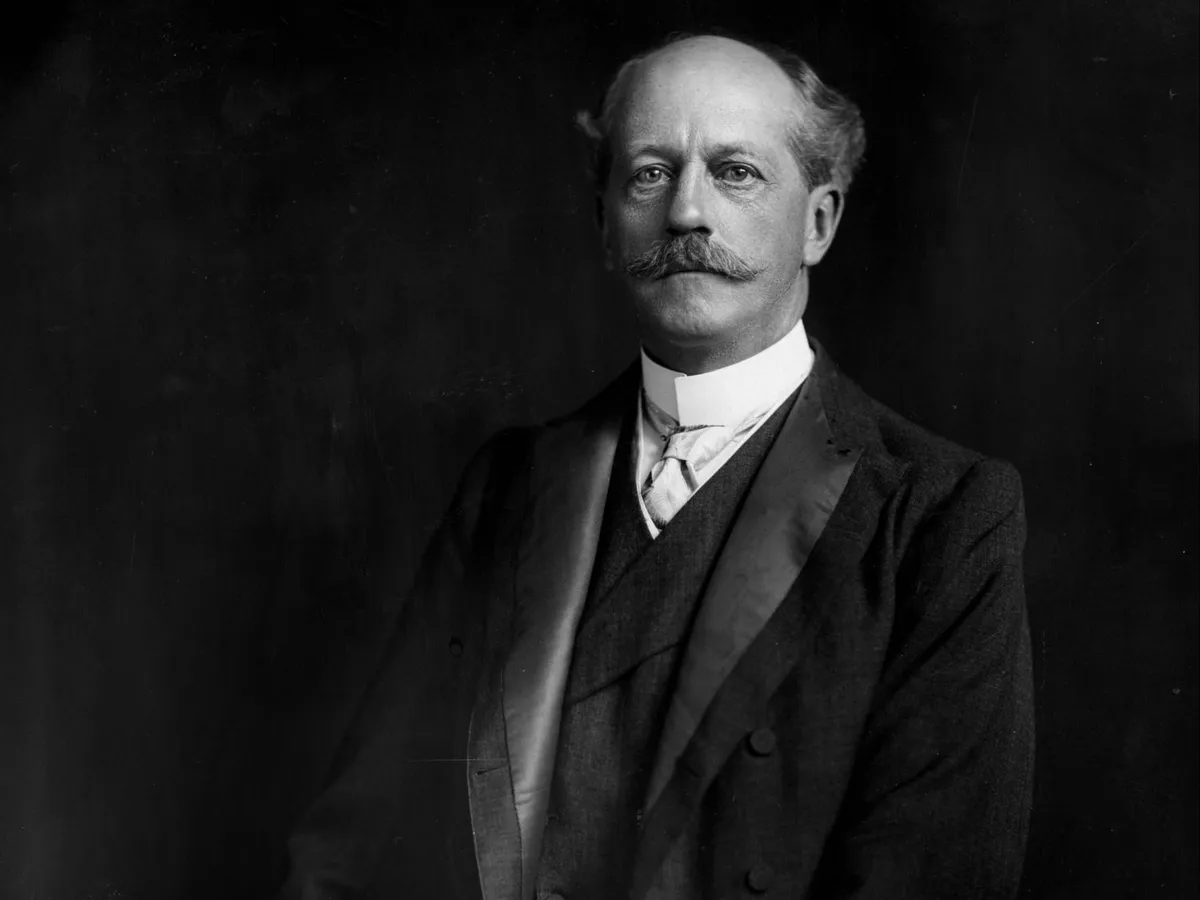Atomic theory is the name given to our understanding of how the world works, in which everything on Earth is made up of atoms of the 118 known elements, combined in various ways to form molecules.
This was an idea first proposed in the early 19th Century by a Cumbrian-born, Manchester-based, British scientist called John Dalton.
More key figures in science


Dalton's life and career
Dalton (1766-1844) grew up in a poor family and, as a Quaker, was barred from attending English universities, but nevertheless benefited from the tutelage of natural philosopher John Gough (1757-1825), whose school Dalton attended.
Dalton went on to make important contributions in many fields, including physics and meteorology, as well as doing some of the earliest research into the causes of colour blindness, a condition known as ‘Daltonism’ in some languages to this day.
But it’s for the Dalton atomic theory that he’s best remembered.

Dalton atomic theory simply explained
Dalton never actually published his theory in a paper. Instead, he outlined his ideas to fellow scientist and friend Thomas Thomson, who in turn described the same principles in his 1807 work ‘A System Of Chemistry’.
The basic principles outlined by Dalton were as follows:
- Elements are made of extremely small particles called atoms
- Atoms of a given element are identical in size, mass and other properties; atoms of different elements differ in size, mass and other properties
- Atoms cannot be subdivided, created or destroyed
- Atoms of different elements combine in whole-number ratios to form chemical compounds
- In chemical reactions, atoms are combined, separated or rearranged
It should be noted that other scientists proposed the atom as the basic unit of matter around the same time.
What made Dalton’s theory stand out is that he was the first to suggest different atoms had different weights, and that these relative weights determined the ways in which they combined to form molecules.
As such, Dalton’s work underpins most of our understanding of chemistry today: every time we talk about water as ‘H20’, for instance, we stand in his shadow.

Limitations of Dalton's Atomic Theory
Dalton didn’t get everything right. His strict adherence to empirical principles meant he was often slow to acknowledge or accept discoveries by his contemporaries.
He remained stubbornly attached, for instance, to the relative atomic weights he first proposed for various elements, even when other scientists had refined our understanding of those elements and proved Dalton’s estimates wrong.
Dalton also went to his grave refusing to accept the modern system of scientific notation first devised by his contemporary Jöns Jacob Berzelius, in which oxygen, hydrogen and helium (for example) are represented by the letters O, H and He.
In Dalton’s system, there was a unique circular symbol for each element.
Despite multiple flaws and caveats, however, Dalton’s atomic model represented our first half-decent stab at establishing the true nature of matter, with the result that he is considered one of the founding fathers of modern chemistry.

